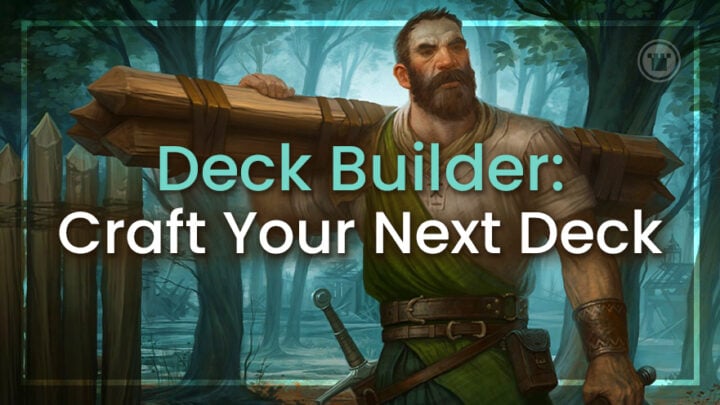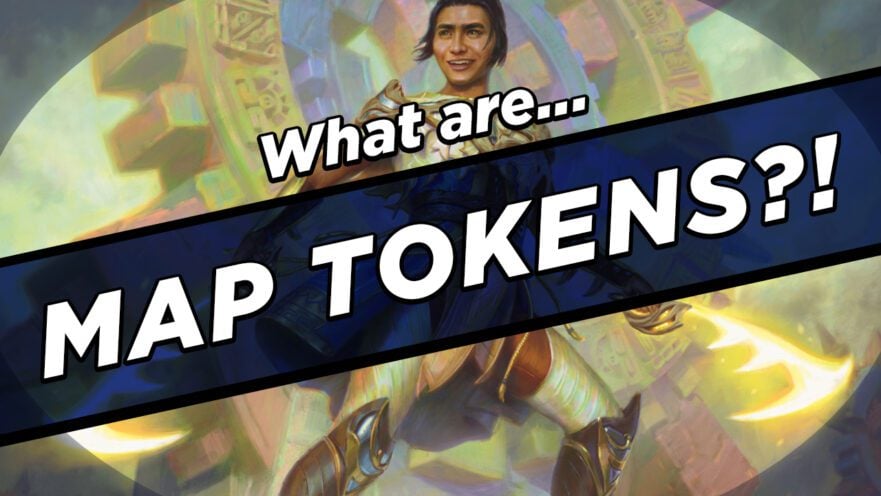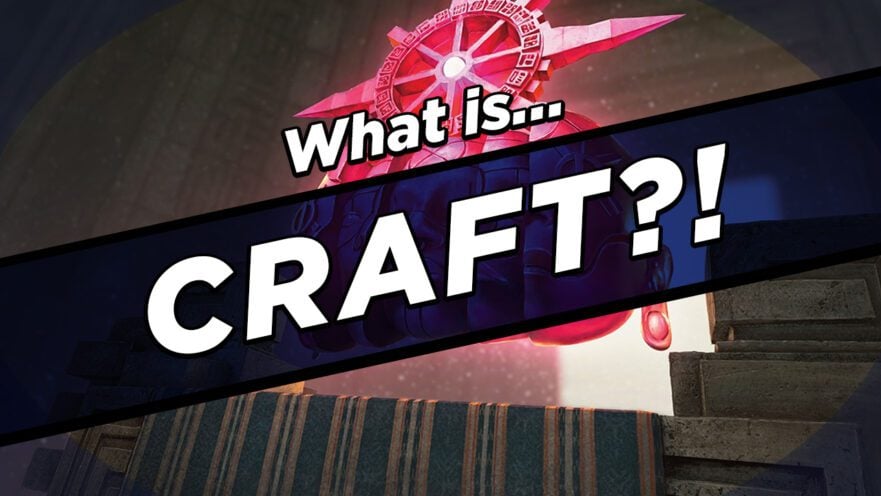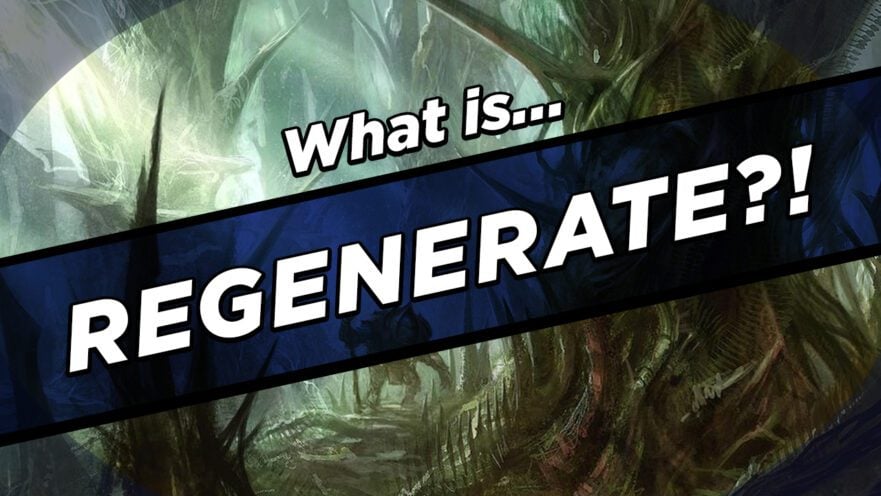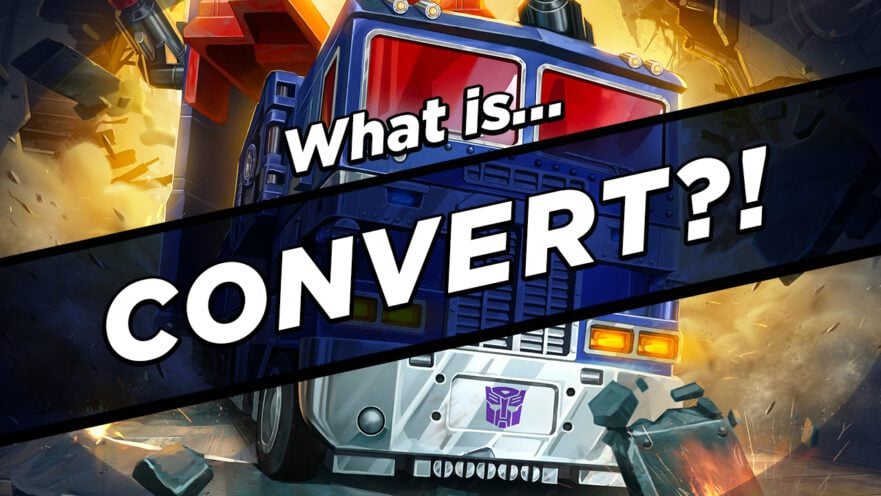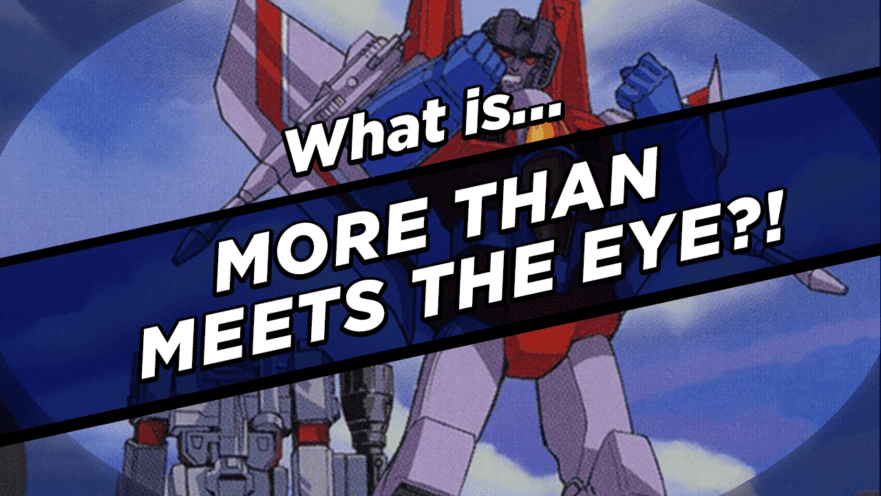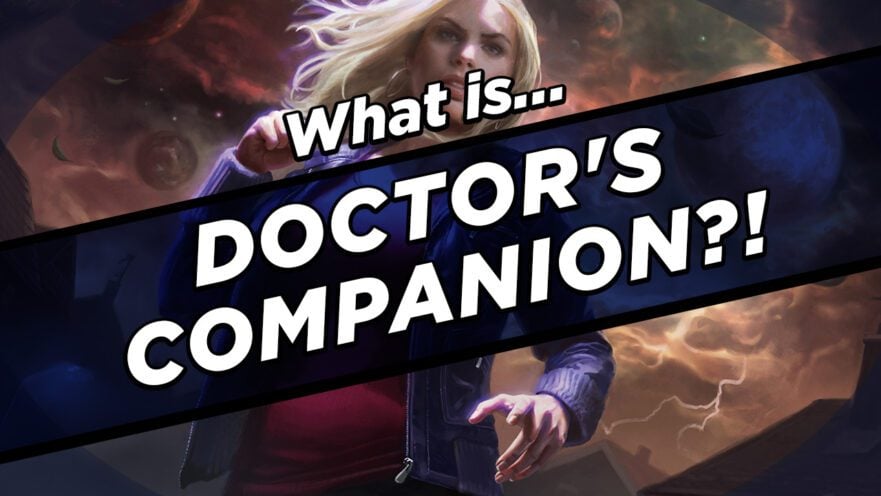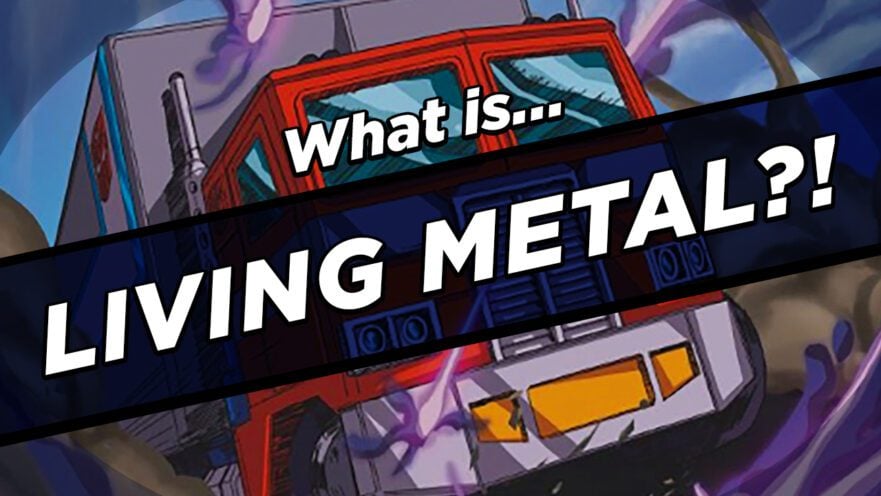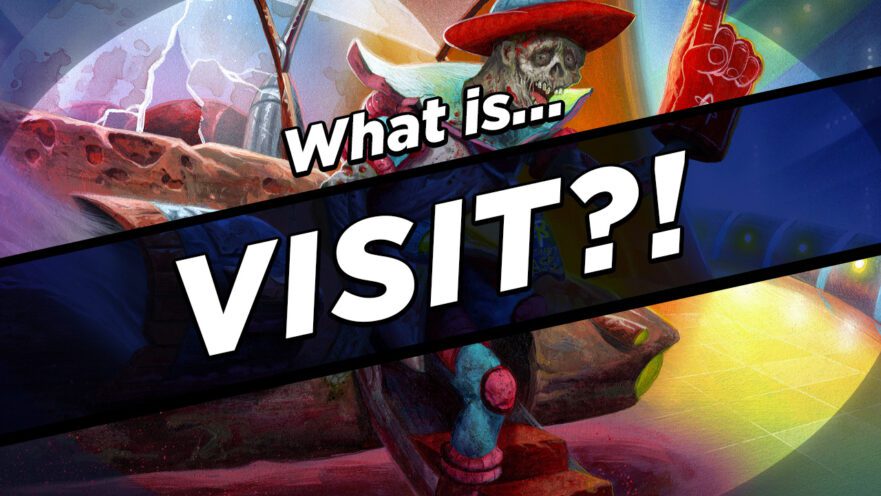Deck building is fundamental to the game, but we know how tedious it can be to search up each individual card and add each to your cart. We built the Deck Builder tool to make finding the cards for your deck easier and faster. Keep scrolling to find more about this tool, and how to use it! What is Deck …
Map Tokens and Explore – MTG Mechanics Explained
Map tokens join treasure, food, clues, and blood as a predefined token. Map tokens come with an ability that lets you (at sorcery speed, so in your main phase with nothing else on the stack) pay 1 mana, tap the map token, and sacrifice it. When you do, a target creature you control explores. And, well, that means we’re asking… …
Craft – MTG Mechanics Explained
Craft is a double-faced card transforming mechanic that’s first appearing in Lost Caverns of Ixalan. While it could theoretically appear on any permanent type, for now (as of the time of me writing this script), it appears solely on artifacts. Like most double-faced transforming cards, cards with craft will normally enter on their front face – which in this case …
Regenerate – MTG Mechanics Explained
Regenerate is odd. A formerly evergreen way to protect a creature that is often telegraphed to your opponent, with old removal spells designed specifically to counteract it and a lot of confusion around how it actually functions (especially for newer players), let’s unravel this a bit, shall we? Regenerate is a replacement effect that can be put on a permanent …
Convert – MTG Mechanics Explained
All right, this is tricky. Ready? Convert is exactly the same as Transform. Exactly, in every way. This is purely a cosmetic change for trademark reasons. On all packaging and written material, Hasbro (who owns both Transformers and Magic) calls the act of a Transformer changing its form “converting” so as not to confuse the act with the brand name. …
More Than Meets the Eye – MTG Mechanics Explained
Outside of the aptly named Modal Double-Faced Cards, when you cast a double faced card you have to cast the “face-up” side of the card, and then the card will have some kind of mechanic involved that will later let you use the other side of the card in one way or another. The Transformers Universes Beyond cards have a …
Doctor’s Companion – MTG Mechanics Explained
Doctor’s Companion is from the Doctor Who Universes Beyond Commander Decks, and is a very Commander-centric mechanic. Appearing on select Legendary creatures, if one of them is your Commander, Doctor’s Companion allows you to have two Commanders as long as the other creature is the Doctor. Each iteration of the Doctor has Doctor on their type line, as well as …
Living Metal – MTG Mechanics Explained
Ready for Living Metal? It’s pretty quick, so pay attention. Living Metal is a static ability that appears on the Vehicle side of Transformers Universes Beyond cards. On your turn, a vehicle you control with this mechanic is an artifact creature in addition to its other types. That means it doesn’t need to be crewed to act as a creature …
Visit – MTG Mechanics Explained
Visit is an an ability from Unfinity, and is linked to another keyword action, “Roll to Visit your Attractions.” Given that this is an Un-set mechanic, it’s going to be a little weird, but it’s not too bad, but there’s a bit of ground to cover to get there. Some cards or effects from Unfinity will have you Open an …
Space Sculptor – MTG Mechanics Explained
All right. Look. This mechanic appears on one card, and is incredibly unlikely to ever show up again except on possible reprints of that one card, so this is getting covered purely for the sake of completion. So, with that out of the way: Space Sculptor appears on the Planeswalker Space Beleren from Unfinity. Once Space Beleren is on the …

